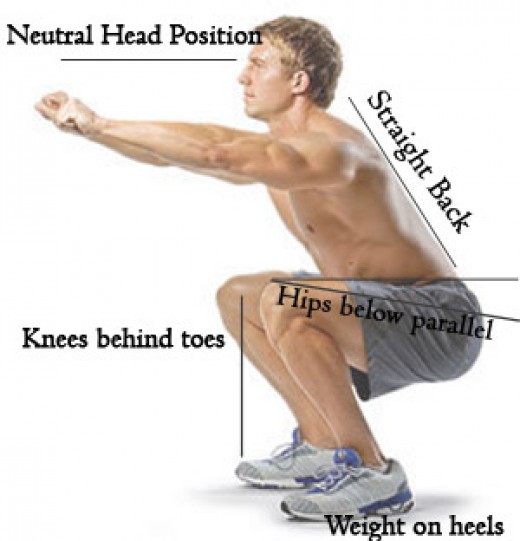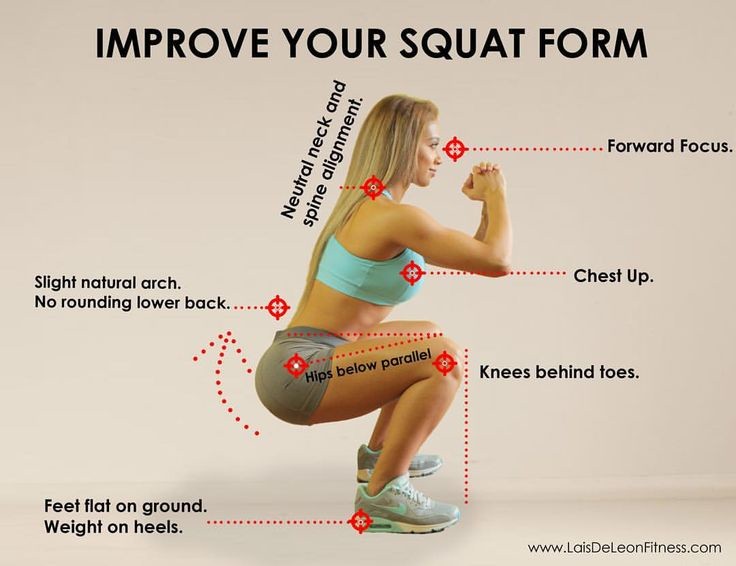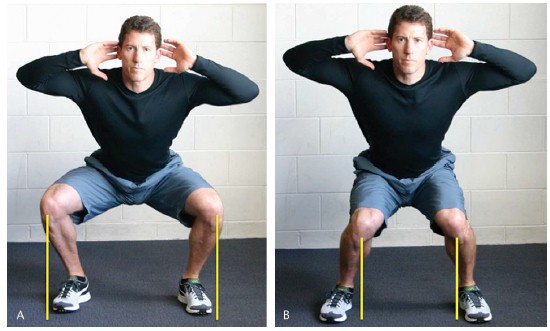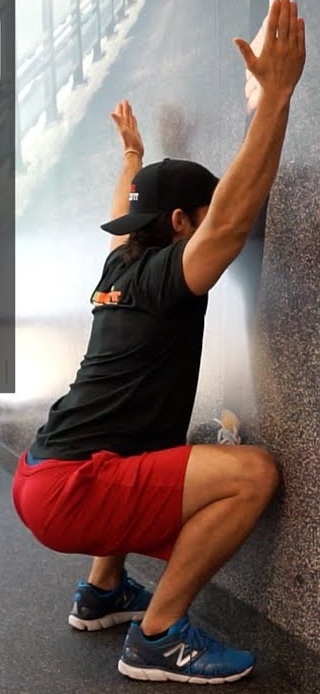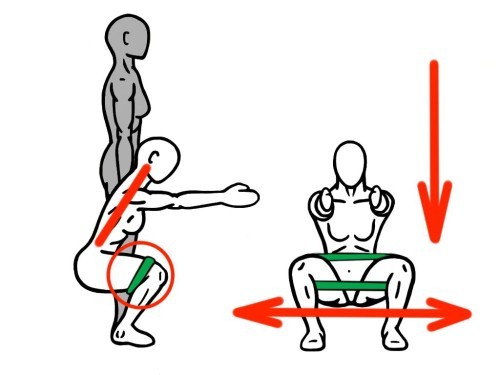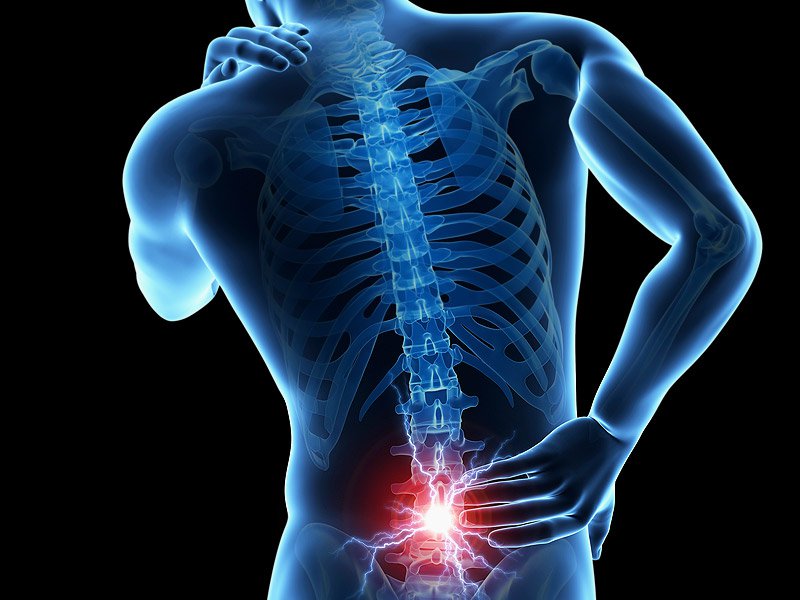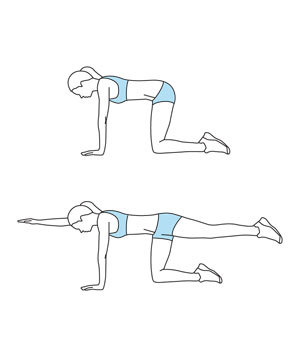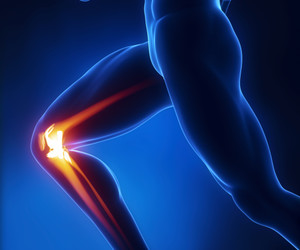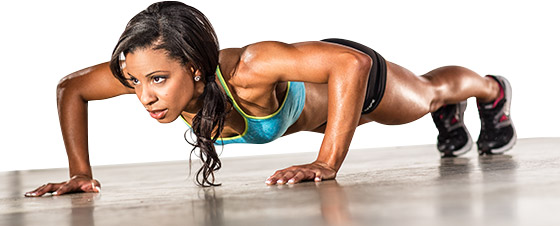The Benefits of Strength Training for Children and Adolescence
Posted on August 10th, 2017 by Andries Lodder
In today’s society like many adults, kids and teenagers are becoming more and more inactive. The urge to sit and watch hours of television, play computer or tv games, sit on their phones or tablets is becoming increasingly high and so more and more kids are starting to experience the same problems associated with inactivity that adults do. This being said, it is not the case for all kids. One the other end of the scale there are kids and teens that are taking part in every sport offered to them. They are trying to balance all the physical demands that are placed on them by all the sports and quiet often their bodies cannot handle it and they end up injured. More often than not the pain or injury is because their body doesn’t have the necessary strength to cope with all the demands.
The question is then what can be done to help kids on both ends of the scale?
Strength training:
The topic of strength and weight training for kids and adolescence has been one of controversy for many years. Many have said that by lifting weights at a young age children’s growth will be stunted due to damage to their growth plates or they will get injured. This in fact could not be further from the truth. When done correctly, using the correct technique and following the correct program guidelines, a strength and conditioning program for kids and teens can end up assisting in their overall growth and physical development rather than hindering it. A child participating in a strength and conditioning program that is well structured and has the necessary supervision is at not greater risk of injury then a child playing supervised rugby.
What are the Benefits of strength training for children and teens:
There are numerous benefits of strength training in kids and teens such as:
- Improved overall body strength
- Improved coordination, balance, agility and athletic performance
- Decreased risk of obesity and other chronic diseases associated with inactivity
- Decrease risk of sporting injuries due to over use or lack of strength
- Improved self confidence
- Decreased risk of taking part in risky behaviours such as drinking alcohol, taking drugs or smoking
- Decreased risk of developing osteoporosis
These benefits definitely are a great reason for kids to include strength training into their daily activity. However, a child’s strength and conditioning program should not resemble an adults. Firstly, it should be tailored to the individual age of the child, and most importantly focus should be placed on performing exercises correctly rather than on adding weight and increasing resistance. The few rare cases of stunted growth and damage to growth plates have occurred when equipment was misused, to heavy weights were lifted with incorrect form and technique or there was no supervision during the strength training session.
Guidelines:
Here are some guidelines based as to what should be focused on with each age group:
- Ages 6-10
- Focus on overall fitness and development of all motor and sports related skills.
- Emphasize placed on fun
- Avoid highly structured and high intensity training
- Ages 11-14
- Still focus on overall fitness and development of all motor and sports related skills
- Some resistance training and sport-specific training may be added. When conducting strengthening exercises, make sure you show the athletes how it will help them in their sport.
- For all strength exercises emphasis should be placed on doing the exercise with the correct technique and form
- Begin all exercises using body weight before adding resistance
- Ages 15-18
- Now is the time to begin sport-specific training.
- A period of warming-up, stretching, and cooling-down are a must in any type of training, including strength training.
- For all strength exercises emphasis should still be placed on doing the exercise with the correct technique and form
- As individuals get stronger resistance and weights can be increased slowly
Before a child begins a strength and conditioning program they need to learn the correct technique for all exercises they are going to be performing. Parents should also check that there is adequate supervision and that the program their child will be taking part in is suitable for their age and physical development level.
So let’s encourage kids to get out the house, off their phones and to start moving their bodies as much as possible.

